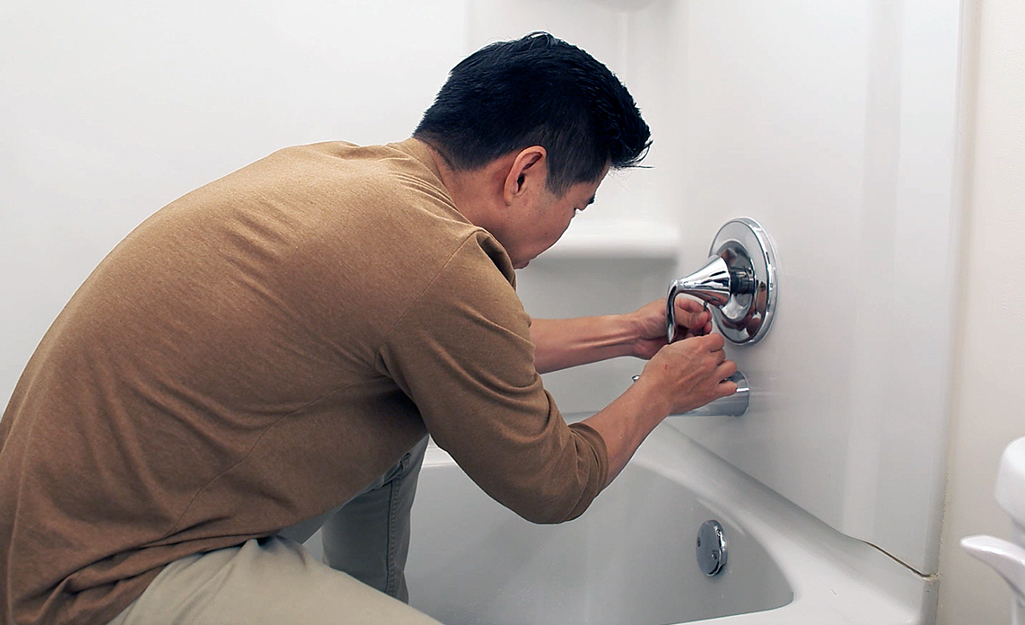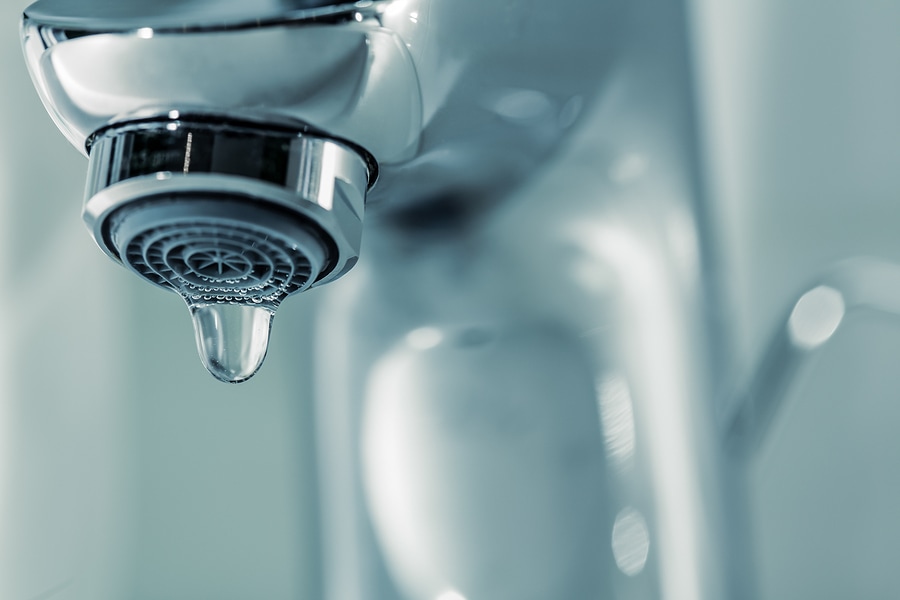Your Factors Behind Fixing a Leaking Faucet
Your Factors Behind Fixing a Leaking Faucet
Blog Article
Each person has got his or her own thinking about Why It's Important to Fix Leaky Faucets.

Dripping faucets could seem like a minor hassle, however their effect surpasses simply the aggravation of the audio. From drainage to incurring unneeded monetary expenses and health and wellness dangers, disregarding a trickling tap can cause different consequences. In this article, we'll look into why it's critical to resolve this typical home issue without delay and properly.
Wastefulness of Water
Ecological Influence
Trickling taps contribute dramatically to water wastefulness. According to the Epa (EPA), a solitary tap dripping at one drip per second can squander greater than 3,000 gallons of water each year. This not only stress water resources however likewise affects ecosystems and wild animals dependent on them.
Step-by-Step Guide to Fixing a Dripping Tap
Tools Required
Before trying to fix a dripping faucet, collect the needed devices, including a flexible wrench, screwdrivers, substitute parts (such as washing machines or cartridges), and plumber's tape.
Usual Faucet Issues and Their Solutions
Determine the sort of faucet and the particular problem creating the drip. Common problems include damaged washers, corroded valve seats, or damaged O-rings. Describe manufacturer instructions or online tutorials for step-by-step assistance on repair services.
Financial Expenses
Boosted Water Costs
Past the ecological influence, trickling taps can blow up water expenses significantly. The collected waste in time translates right into greater utility expenses, which can have been stayed clear of with timely repair work.
Prospective Building Damages
Furthermore, long term leaking can lead to harm to fixtures and surface areas bordering the tap. Water build-up can cause discoloration, corrosion, and also structural problems if left unattended, causing added fixing expenses.
Wellness Issues
Mold and Mold Growth
The continuous existence of moisture from a leaking faucet produces a perfect environment for mold and mildew and mold growth. These fungi not just endanger indoor air high quality yet also present wellness dangers, especially for individuals with respiratory conditions or allergic reactions.
Waterborne Conditions
Stagnant water in dripping faucets can end up being a breeding place for bacteria and various other virus, enhancing the danger of waterborne conditions. Contaminants such as Legionella germs grow in stagnant water, potentially bring about significant illnesses when ingested or inhaled.
DIY vs. Professional Fixing
Advantages and disadvantages of DIY Repair Work
While some may attempt to fix a trickling tap themselves, DIY repair work come with their very own collection of difficulties. Without proper expertise and devices, do it yourself efforts can intensify the concern or cause incomplete fixings, extending the problem.
Benefits of Employing a Specialist Plumber
Employing an expert plumber makes certain that the underlying source of the trickling tap is dealt with efficiently. Plumbing professionals have the proficiency and equipment to diagnose and repair faucet issues efficiently, conserving time and decreasing the threat of more damages.
Ecological Duty
Specific Payment to Conservation
Taking responsibility for fixing trickling taps aligns with broader initiatives toward water conservation and ecological sustainability. Every individual's activities jointly make a significant impact on protecting precious sources.
Lasting Living Practices
By prioritizing punctual repair services and adopting water-saving behaviors, individuals add to lasting living methods that profit both existing and future generations.
Safety nets
Regular Upkeep Tips
To avoid trickling faucets, execute routine upkeep such as cleaning up aerators, evaluating for leaks, and changing worn-out parts without delay. Additionally, think about mounting water-saving devices or upgrading to more effective components.
Importance of Prompt Repairs
Addressing leaking faucets as quickly as they're seen protects against further water wastage and prospective damages, ultimately conserving both water and money in the long run.
Influence On Residential Property Value
Assumption of Well-Maintained Home
Maintaining a home in good condition, consisting of addressing upkeep problems like dripping taps, enhances its regarded value and desirability amongst potential purchasers or tenants.
Impact on Resale Value
Features with well-kept plumbing components, including taps, command greater resale values in the realty market. Addressing leaking taps can add to a positive perception during residential property inspections and negotiations.
Final thought
Addressing a leaking tap surpasses plain convenience; it's a crucial action towards preserving water, lowering economic prices, and guarding wellness and residential property. Whether with DIY repair work or professional assistance, doing something about it to deal with leaking faucets is a small yet impactful means to promote liable stewardship of resources and contribute to a much healthier, a lot more sustainable future.
How to Fix a Leaky Faucet: Step-by-Step Repair Guide
A leaky faucet may seem like a simple annoyance, but if it's not fixed promptly, that leak could cost hundreds to potentially thousands. From water damage to mold, mildew, and high water bills, even a tiny leak can be catastrophic if left unattended. Damage like this can even affect the overall value of your home, so it's important to take the right approach for leaky faucet repair. You may need the help of a plumber in some cases, but we've got a few tips you can try on how to fix a leaky faucet before calling the pros.
Four Faucet Types
When you're learning how to fix a leaky faucet, the first step is knowing what kind of faucet you're working with! There are four common types.
Cartridge Faucets
Cartridge faucets come in one- or two-handled varieties. In one-handled cartridge faucets, hot and cold water combines in a single cartridge. In the two-handled versions, hot and cold water are controlled separately and mixed in the faucet.
Ball Faucets
Ball faucets have a single lever you push up and down to adjust the pressure and rotate to change the temperature. A slotted metal ball controls the amount of water allowed into the spout.
Compression Washer Faucets
They're the oldest type of faucet, but they're still used in many homes — especially older ones. Compression faucets have two separate handles that, when turned, raise or lower the washer that seals a water valve. This valve stops water from flowing through the faucet when it is turned off.
Disc Faucets
Disc faucets rarely need to be repaired due to their maintenance-free design. The water flow is controlled by two discs — the upper one raises and lowers against a fixed lower disc, creating a watertight seal. If your disc faucet starts leaking, you may need to replace the seals or clean residue buildup from the inlets.
Fixing a Leaky Faucet
Step 1: Turn Off the Water
Whether you're learning how to fix a leaky bathtub faucet or how to fix a leaky kitchen faucet, always turn off the water supply to your working area when you're fixing a leak. The last thing you want is a flood added to your list of things to fix.
Look for the shutoff valves below your sink or around the tub and turn them clockwise to stop the water flow. If your faucet doesn't have shutoff valves, you may need to turn off the water for the whole house. Check to make sure it's off by turning the faucet on. If nothing comes out, you're ready to start the repair.
Step 2: Take Apart the Faucet
How you disassemble your faucet depends on the type of fixture you have. You can use a flathead screwdriver to remove the caps on top of the handle or handles for cartridge and compression faucets. Inside, you should see handle screws. Unscrew these with a screwdriver to remove the handle.
Disc- and ball-style faucets will typically have an inlet screw near the handle, and removing that will reveal the interior of the faucet.
Detach the Valve Stem
For cartridge- and compression-style faucets, you'll see the inner valve stem or cartridge once you remove the faucet handles. If you have a compression faucet, unscrew the brass valve stem. If you have a cartridge faucet, pull out the cartridge. If your cartridge has been in place for a while, it may require some tools or extra force to remove it due to mineral deposits.
Examine and Replace Parts
Once you've removed the parts, check them out to confirm what needs to be replaced. You may see corroded rubber washers, O-rings, stems, or cartridges. On a ball-style faucet, check the seats and springs for damage.
If you need to repair a leaky disc faucet, check the inlet and seals on the lower disc.
Once you determine what parts must be replaced, visit your local hardware store. Bring the damaged parts with you to ensure you can purchase the correct components to replace them.
Clean Valves and Faucet Cavity
If you've removed a stem or cartridge, you may notice mineral buildup in the faucet's threads. Use white vinegar to clean the valve seat by soaking it for a few minutes, then scrub it away with a soft toothbrush and rinse with warm water. You can also clean the interior of the faucet in the same way.
Reassemble the Faucet
Once your faucet is cleaned and the required parts have been replaced, it's time to reassemble it. Put the pieces back together and slowly turn the water supply back on. Doing this slowly is crucial because too much initial water pressure can damage the new hardware you've just installed.
https://homewarranty.firstam.com/blog/how-to-fix-leaky-faucet

Do you really like reading about ? Leave a review down below. We would be delighted to see your reactions about this piece. Hoping to see you back again later on. In case you liked our blog posting if you please make sure you remember to share it. We cherish reading our article about .
Report this page